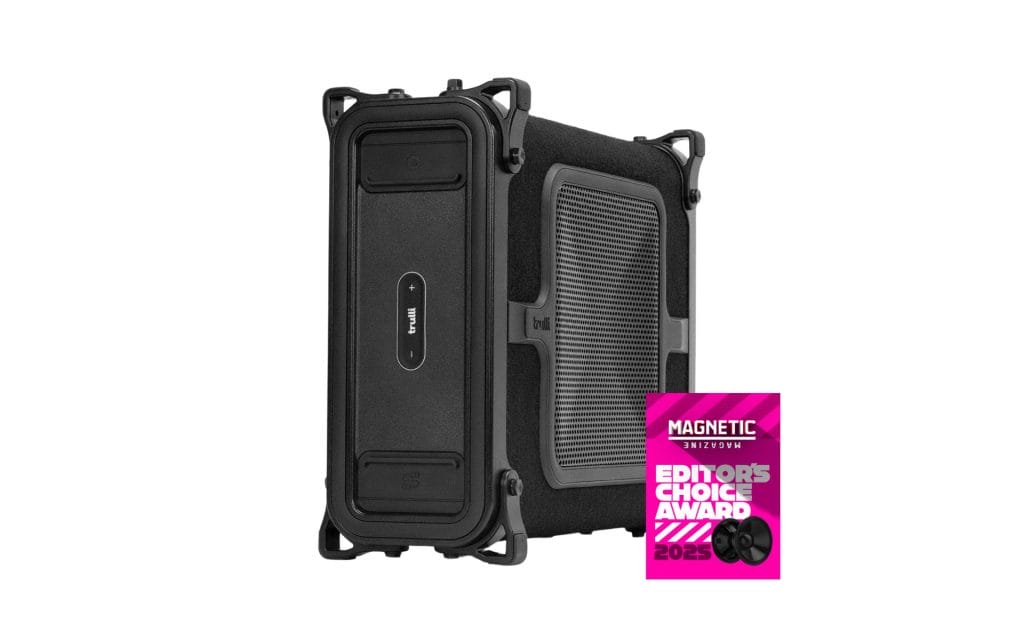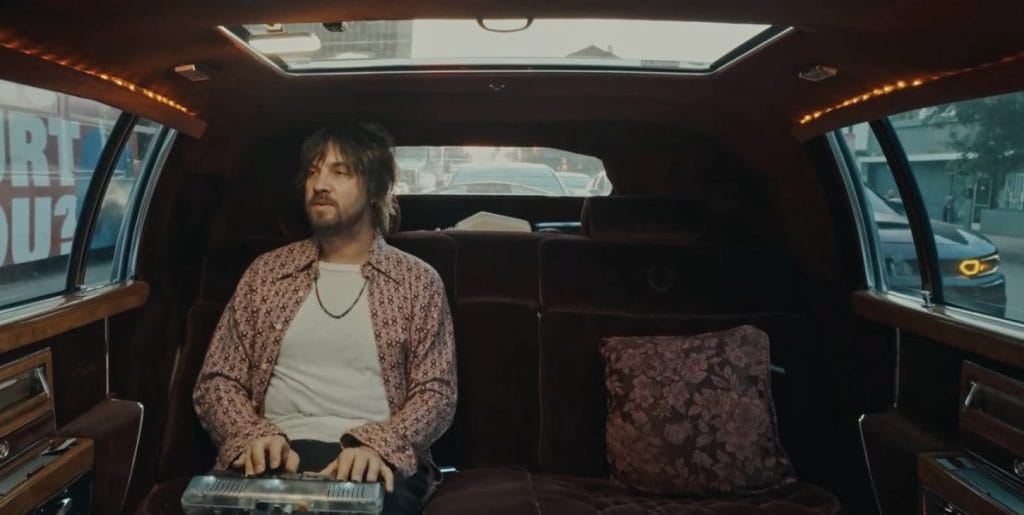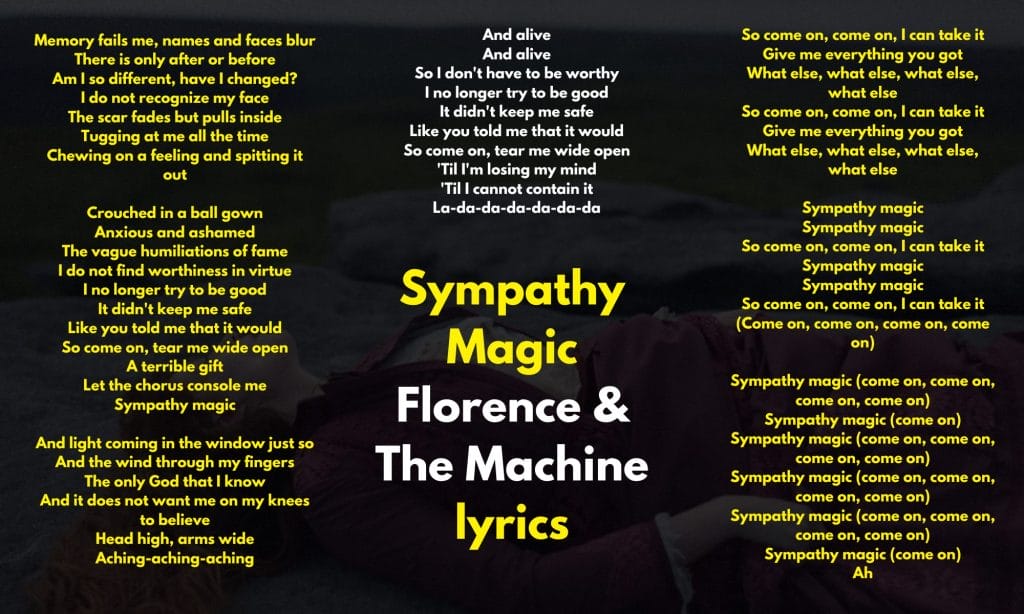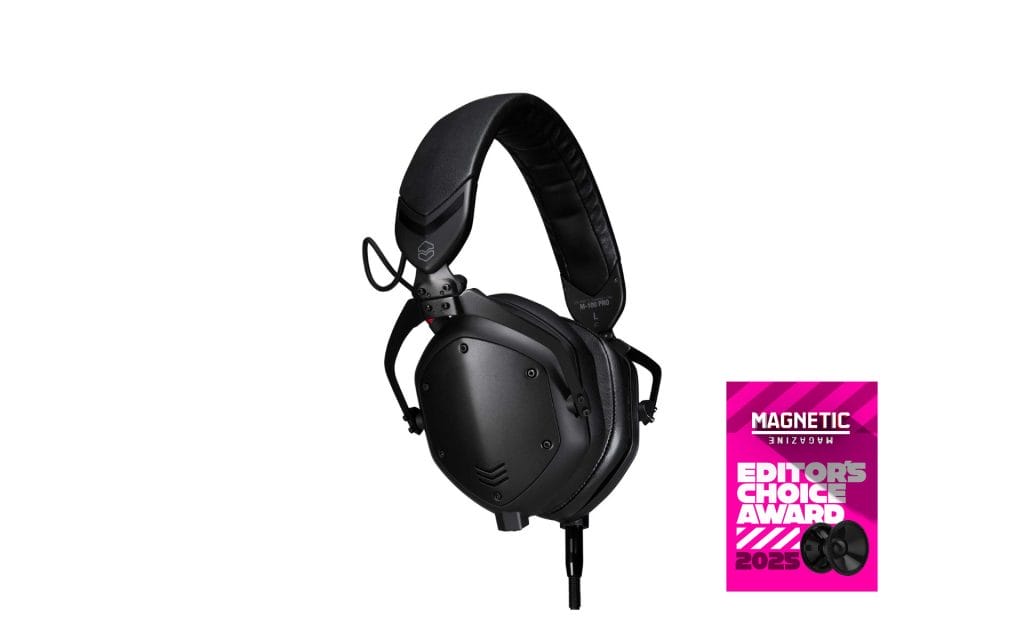Table of Contents
The first look set expectations. I like gear that looks clean on camera and in a booth, and the matte black with a controlled red accent hit that mark for sure. I noticed the compact fold right away. It made me more likely to throw the headphones in a bag for a quick session instead of leaving them on the stand.
I usually reach for bulkier beyerdynamics at the desk, especially when mixing, as I like the clarity in the midrange that my beyerdynamics bring. During this week, I kept grabbing the M-100 PRO because the smaller profile and reliable fold made carry and setup faster.
That changed my routine for the better and kept my monitoring consistent across locations, so let’s dive into the meat and potatoes of this beefy review.
Why the V-MODA M-100 PRO earned an ECA
I gave the M-100 PRO the Editor’s Choice Award because it improved my workflow in clear, repeatable ways which is exactly what we’re looking for when dolling out this badge. The isolation allowed me to keep the headphone gain moderate while matching kicks and aligning phrases.
The dual-side locking jack solved cable routing on both desk and booth setups. The compact fold allowed me to bring the same reference to multiple sessions, and the detachable cups and cables indicated a product I could maintain rather than replace. Across a full week of prep, arranging, and synth work, these practical details added up.
The tuning supported real tasks. Kick fundamentals stayed clear, vocals remained intelligible at sensible levels, and cymbals carried texture without edge. Comfort held up for typical two-hour blocks, and I can address longer days with the XL pad option. After hands-on use across controllers, an interface, and hardware synths, the M-100 PRO proved reliable, portable, and serviceable. That combination met the standard I expect for an Editor’s Choice.
Design, build, and serviceable parts
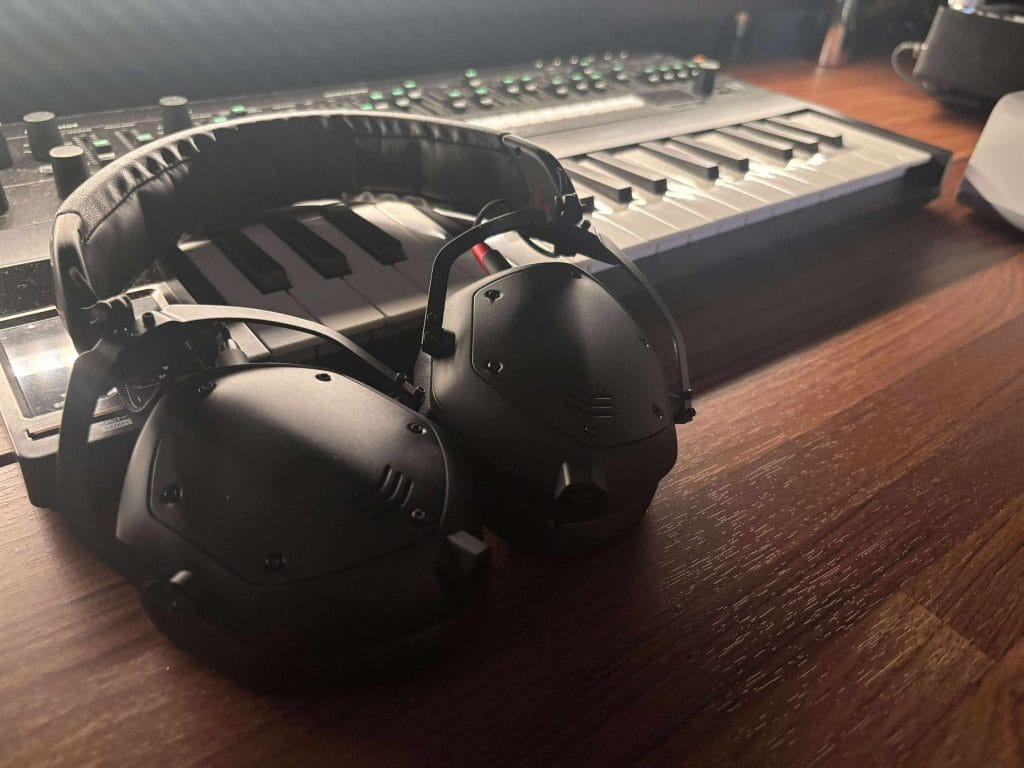
I started with the build because that tells you a lot, and right away the metal frame and shields felt solid in the hand, plus the hinges moved with the same smooth resistance every time. I gave the headphones a light shake and heard no rattle, then did a few quick head turns and felt no play in the yokes, which gave me enough confidence to toss them in a backpack for local runs, although I still reach for a hard case when I fly.
I pulled the ear cups off and snapped them back on a few times, and the fit stayed tight and properly aligned, so replacements should seat cleanly when the pads wear out. That matters to me because pads are usually the first thing to go, and being able to refresh them keeps a familiar reference in rotation instead of sending it to the shelf.
The cable setup got my attention too, since I bounced between the 1.5 m straight cable at the desk and the 3 m coiled cable around controllers and mixers, and neither wiggled loose thanks to the locking sockets that held firm through every tug test. The dual-side input changed my layout in a good way, because I prefer the cable on the left even though I’m right-handed, and moving the entry point cleaned up those small desk snags immediately, which is a feature I rarely see and really appreciated here.
Isolation and leakage
I spent most of my time with these in the studio, and that’s where they really shine, although I did run isolation tests with booth monitors at realistic levels to sanity check things. The seal stayed put and I could keep the headphone gain moderate while still hearing kick and percussion timing clearly, which kept fatigue down during longer work blocks and felt safer for my hearing over time. That stability made tempo alignment and quick cue checks feel predictable during prep.
Leakage stayed low in my room, and I verified it by tracking quick scratch vocals and light guitar next to a condenser, then listening back to the silent gaps. I heard minimal spill from the headphones, which fits single-room workflows and keeps guides private in shared spaces. For day-to-day studio use that matters, because I can grab ideas fast without worrying about bleed ruining a take.
For one-ear monitoring, I flipped a cup up repeatedly during tempo checks and talkbacks, and the swivel mounts held their angle, then returned to position without hunting for a fit. That small consistency helped when attention split between the DAW, a controller, and the click, and it made transitions between cue and program smooth during rehearsals. It all added up to a set that felt dependable for studio tasks first, with enough flexibility to handle booth sessions when needed.
Cables, connectivity, and accessories
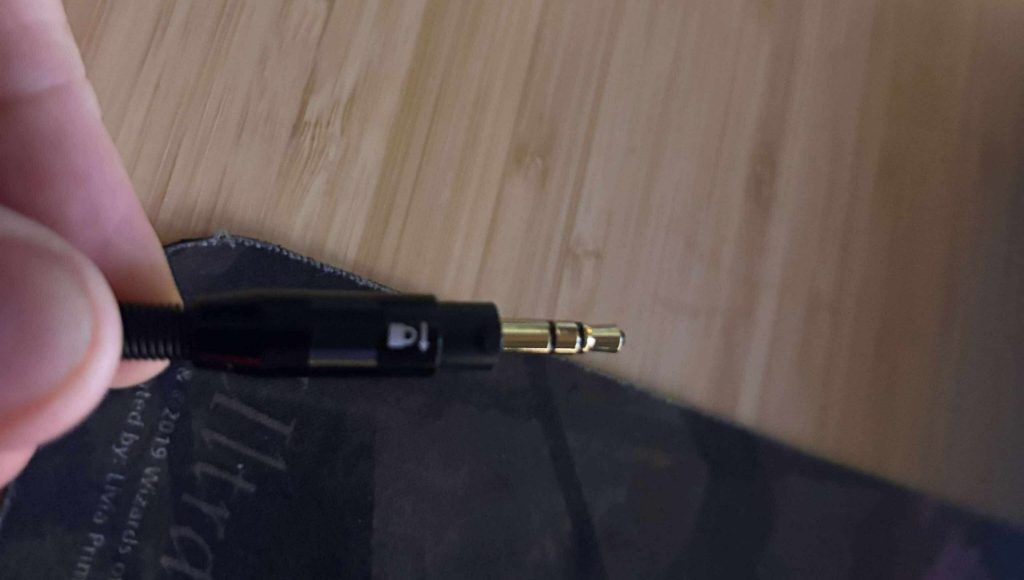
At the desk, the straight cable stayed clear of the keyboard and controllers. In rehearsal, the coiled cable expanded when I leaned and retracted when I moved back, which kept it out from under my feet. Both cables locked in with a positive click. I tried several firm pulls and never saw an intermittent disconnect.
The box includes a 1/4-inch adapter, a carry pouch, and a jack cap. The pouch handled local trips fine. For flights or dense gear bags, I would add a hard case. I also recommend a spare straight cable. I keep one in my backpack because cables fail more often than frames or drivers in my experience.
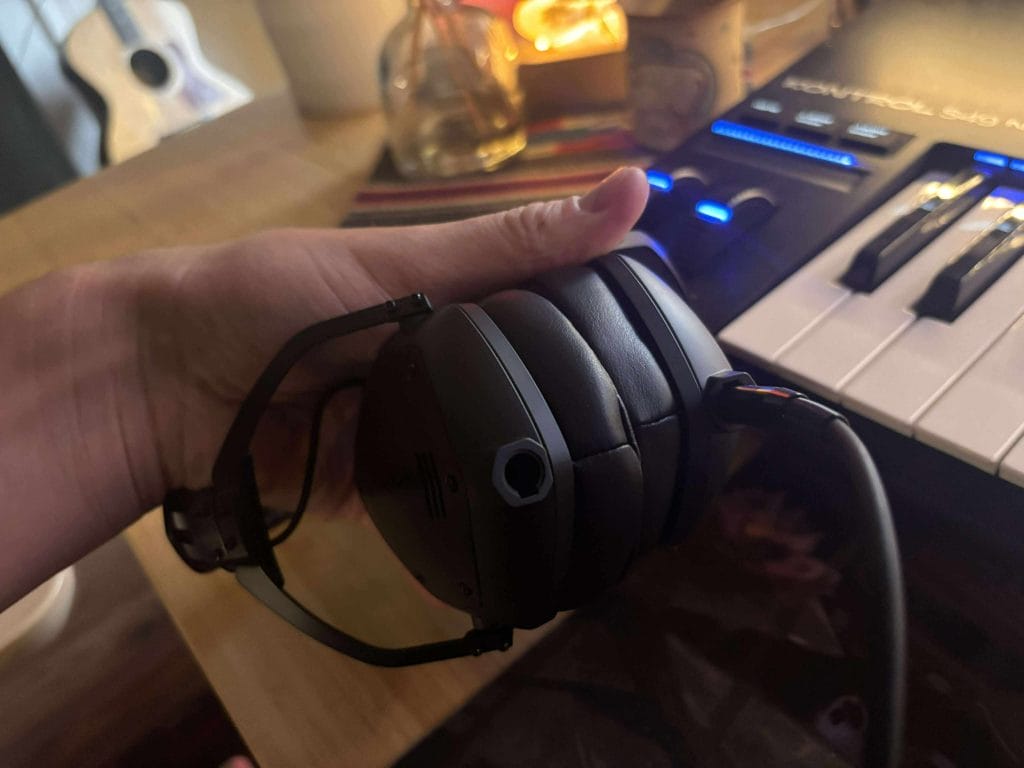
The dual-side input became a daily quality-of-life upgrade. I routed the cable to the left for desk work, then moved it to the right for a specific booth layout the next day. The swap took seconds. After a week, I missed this feature the moment I put on another pair that lacked it.
Studio and creator workflow
For tracking, the closed design kept spill into mics low. I captured scratch takes and checked the quiet gaps. I did not hear headphone content riding into those spaces. That saved time because I did not need to re-position as often.
For editing and arrangement, I noticed that midrange clarity helped me judge timing changes at modest volumes. I could hear quantization moves and very short fades on percussion without pushing loudness. That reduced fatigue and kept me working longer without breaks.
For mix checks, I relied on the M-100 PRO to flag three areas. I checked the relationship between kick and bass, hat brightness that can turn sharp on small devices, and vocal sibilance. When the headphones flagged an issue, I confirmed on speakers and on an open-back reference before committing. That sequence produced reliable results for me all week.
Aesthetics and form factor
Obviosuly it’s essential to prioritize sound qulity on cans and headphones you’re using ofr mixing, but let’s not kid ourselves, how gear looks outside the studio matters a whole lot too, and this pair passed the eye test and it hardly breaks a sweat while doing so. The matte black finish with a small hit of red looked clean on the desk and on camera, and the shields kept the familiar geometry without loud accents.
The smaller profile changed how I pack, since I could slide the folded headphones into pockets my larger velour-padded references never fit, and that meant they came with me more often. Bringing the same pair to more sessions kept my monitoring consistent, which saved time on small balance checks. I also noticed I reached for them during quick edits because setup felt faster, and that small convenience nudged me to stay in flow.
Build quality matched the look too, which I feel like we’ve covered a fair amount by now, but it’s worth mentioning in this section too. The hinges moved smoothly, fasteners sat flush, and plastics matched the metal without weird gaps or color shifts. Handing these to an artist felt right, and they read as cared-for tools rather than something thrown together. I’ve had pairs that feel flimsy the moment you pass them across the desk, and this was the opposite experience. It set a good tone for the session and kept focus on the music.
Serviceability and longevity
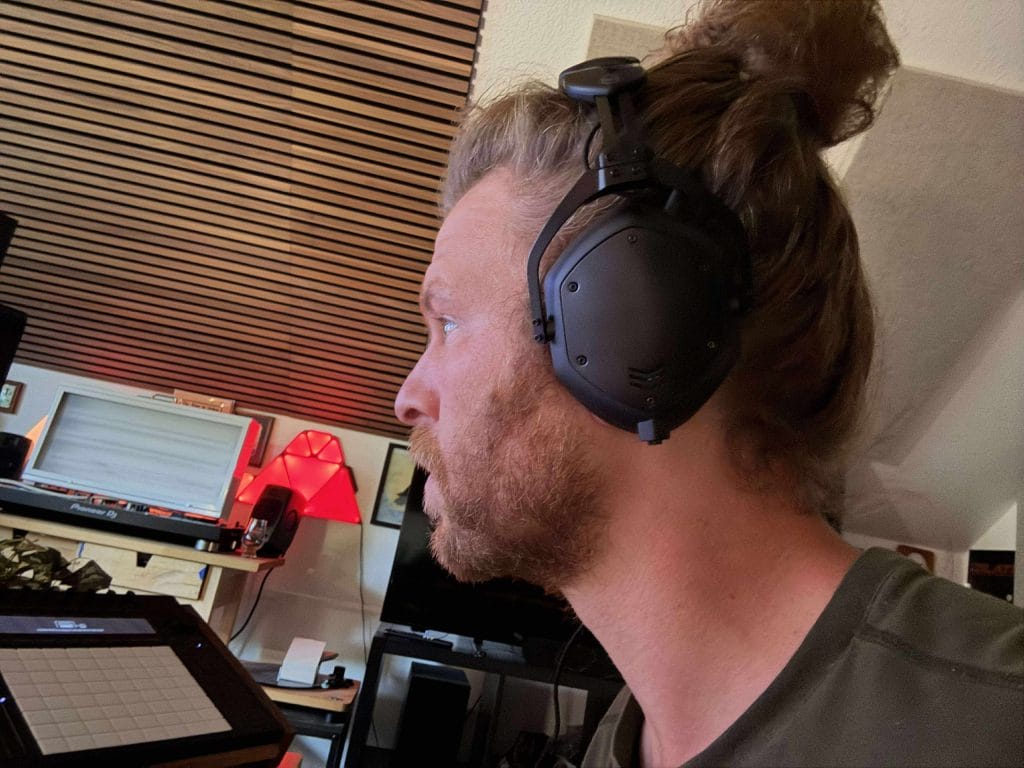
I always pay attention to parts I can actually replace. Ear cups are usually the first to go after months of use, so I checked how these were mounted and swapped one a few times just to see how it felt. The fit was tight, the alignment stayed clean, and it gave me confidence that I can refresh them down the line without hassle. It’s a small thing, but being able to replace worn pads keeps the comfort and hygiene right where it should be and saves a good pair from ending up in storage.
Detachable, lockable cables also make a big difference in my workflow. When a cable fails, I like to swap it and move on instead of hunting for tape or spares mid-session. I repeatedly plugged and unplugged both ends, and never felt any give or wobble, which speaks volumes about the connectors. I’d still keep a spare straight cable in the bag, though, because it’s always the little stuff that fails at the worst time.
The metal frame handled daily folding and travel without complaint. I folded and unfolded the headphones dozens of times during the week and the hinges kept the same tension the whole way through. I’ll keep an eye on that over the next few months, but early signs point to hardware that’s built to last, not something that loosens up after a few gigs.
Who should buy and why
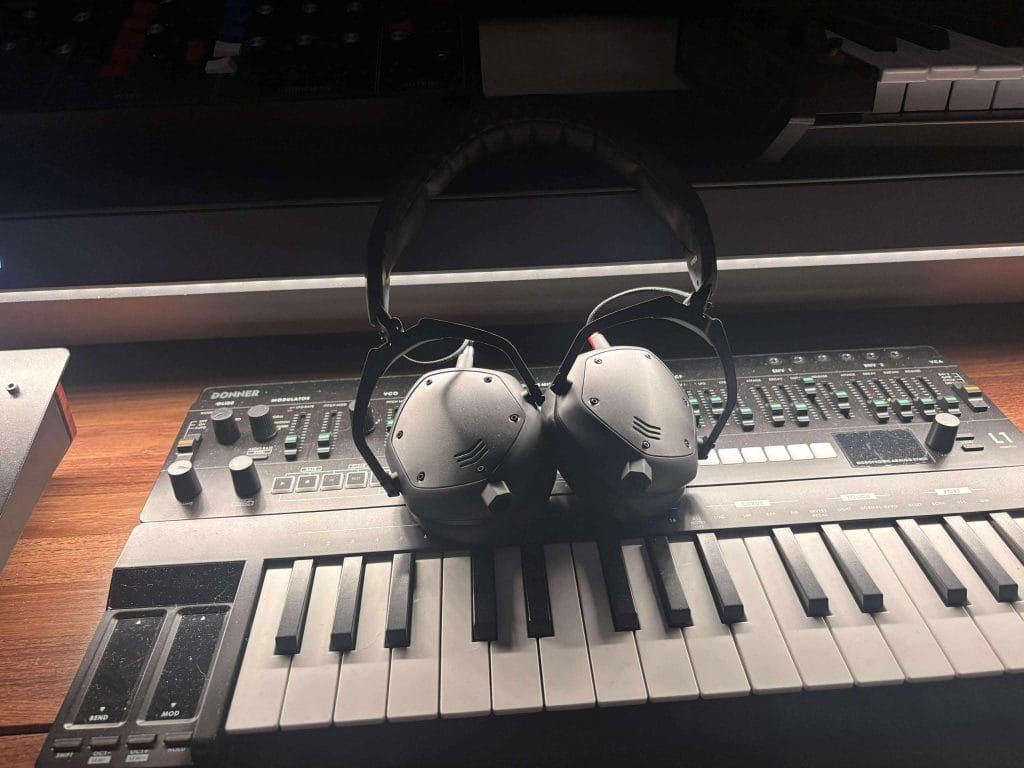
If your day swings between DJ prep, mashup ideas, and quick production sprints, I’d point you to the M-100 PRO, since the isolation stays reliable, the fold is compact, and the tuning keeps timing cues and vocals clear. I liked the dual-side locking jack because it cleaned up cable routing in a second, and the replaceable parts made ownership feel smarter over time instead of disposable.
If you mix long projects entirely on headphones and want a wider sense of space, I still reach for an open-back for that job. I used the M-100 PRO for tracking, editing, cue work, and mobile sessions, then I confirmed depth and final balances on speakers and an open-back reference, which kept decisions honest.
If you have a larger head or want more ear room, plan on the XL cushions, and if you travel, add a hard case and keep a spare straight cable in the bag. Those small add-ons covered every practical issue I ran into and kept the headphones ready for work.
Pros, cons, and verdict
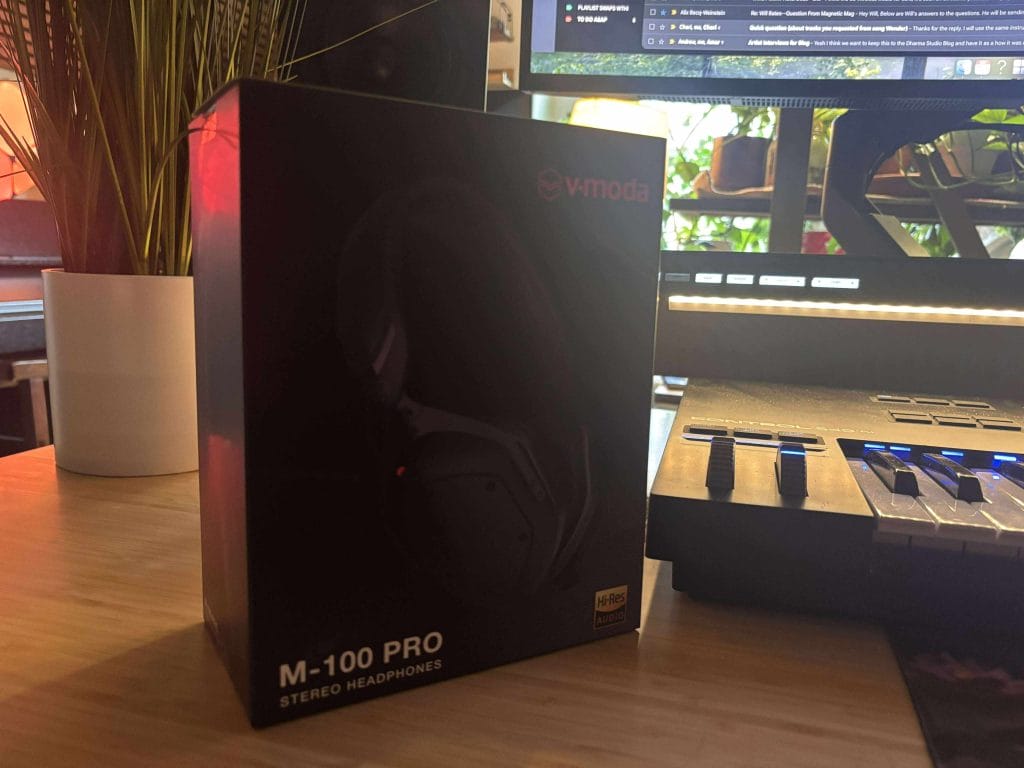
Pros
Strong isolation and a seal that stays put during movement.
Detachable, lockable cables with left or right cup entry.
Replaceable ear cups for longer service life.
Controlled lows and clear mids that support timing and vocal detail.
Compact fold and clean look for studio and stage.
Cons
Stock pads felt tight for my head size during long sessions.
PU leather warmed up on extended desk work.
Heavier on paper than minimalist studio pairs, though weight was managed well on head.
Verdict
After a full week of real use, I trust the M-100 PRO for tempo practice, arrangement edits, tracking, and daily listening where clear percussion and intelligible vocals matter, and it kept me focused without fiddling.
The dual-side locking jack streamlined my setup in a way I didn’t anticipate, since I could swap cable sides in seconds and stop thinking about snags. I’m planning to add the XL cushions for longer writing days, and I’ll keep the straight cable parked at the desk while the coiled cable lives in the gig bag so I’m covered either way.
Bottom line, this pair earned a place in my regular rotation and it’s staying there.
The post V-MODA M-100 PRO – Editor’s Choice Award for Clarity and Road Readiness [Review] appeared first on Magnetic Magazine.



